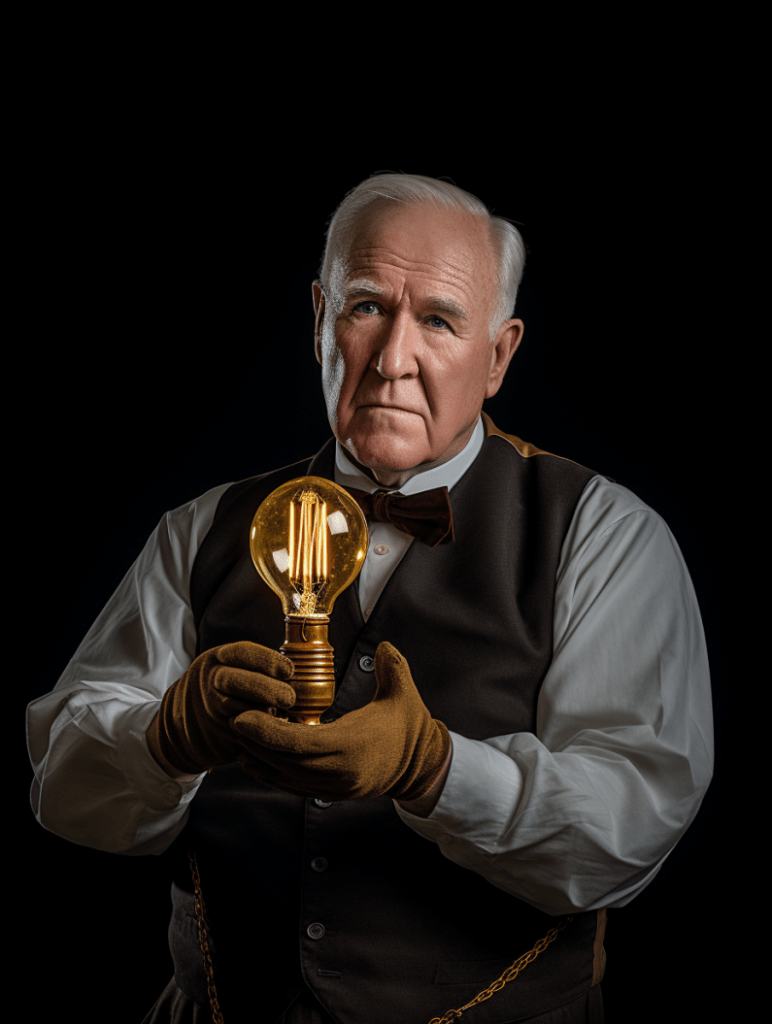On This Day, December 31, 1879, Thomas Edison conducted a pivotal demonstration of his incandescent light bulb in Menlo Park, New Jersey, marking a significant milestone in the history of technology. This event not only showcased a major innovation but also set the stage for a profound transformation in urban living.
Edison’s light bulb, using a carbon filament, glowed under electric current, providing a practical and durable source of light, far superior to previous electric lighting attempts. This breakthrough promised a future where cities could be illuminated by electric lights, revolutionizing both domestic and industrial life.
Interestingly, Honolulu, Hawaii, became one of the first cities in the world to employ electric street lighting, just a few years after Edison’s demonstration. By 1886, the streets of Honolulu were lit by electric lights, signaling a new era in urban development. This early adoption of electric lighting in Honolulu demonstrated the rapid impact of Edison’s invention on cities around the world. It not only extended the hours in which people could work and socialize but also laid the groundwork for the electrification that would reshape modern society.
Edison’s incandescent light bulb was not merely an invention of convenience but a catalyst for widespread societal change.
